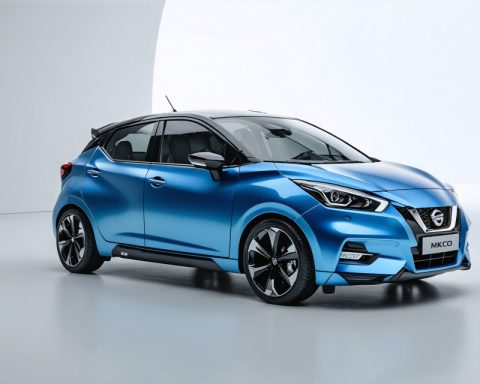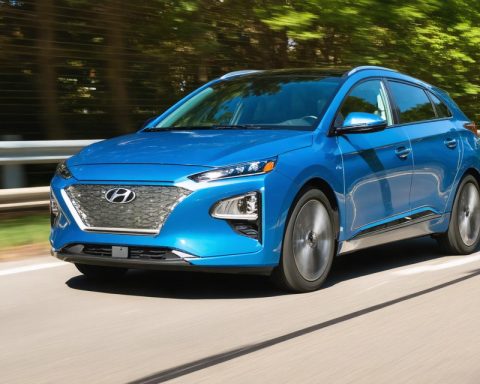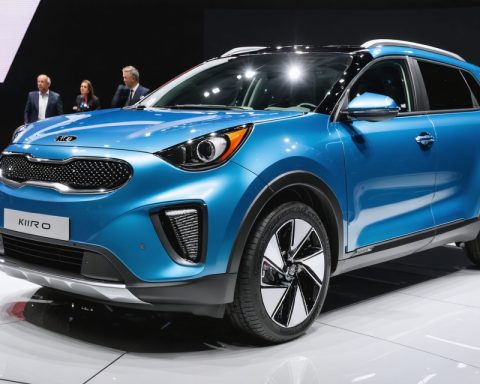- Impending tax changes in the UK will impact both new and existing electric vehicle (EV) owners starting April.
- A new vehicle excise duty (VED) of £10 will be introduced for the first year, ending complete tax exemption for EVs.
- Luxury EVs over £40,000 will incur a ‘luxury car tax’ of £425 annually, in addition to a £195 VED from the second year, significantly increasing costs.
- EVs priced under £40,000 remain exempt from the luxury tax, presenting strategic buying opportunities.
- The benefit-in-kind (BIK) tax for corporate customers will increase from 2% to 3%, continuing to climb until 2028 but staying lower than taxes on petrol and diesel vehicles.
- Potential buyers should consider purchasing before April to avoid increased financial burdens as the market adapts to new regulations.
As the world accelerates towards electrification, a looming change in the United Kingdom’s vehicle tax regulations has potential buyers in a frenzy. If you’ve been eyeing an electric vehicle (EV), now might be the time to make your move. The impending tax modifications, slated for April, will reshape the financial landscape for both new and existing EV owners.
Imagine silently cruising in your sleek new electric ride, knowing you’ve outsmarted an unavoidable tax squeeze. Come April, EV enthusiasts face a minor but symbolic hike: a new vehicle excise duty (VED) of £10 for the first year, replacing the current zero rate. Although it seems inconsequential, it marks the end of an era of fully tax-exempt electric vehicles.
The shift grows steeper for those investing in luxury. For EVs priced over £40,000, new tax rules cast a shadow on the once-sunny prospect of luxury electric ownership. These vehicles will soon shoulder a ‘luxury car tax’ or expensive car supplement — £425 annually, compounding the standard VED of £195 from the second year onwards. A delay past April could see total costs vault to an eye-watering £2,125 over six years. Such changes nudge buyers to act swiftly to sidestep this fiscal tightening.
Yet, an intriguing plot twist emerges: numerous attractive EV models, priced under £40,000, remain untouched by the expensive car supplement. The market brims with choices, from well-known brands like Abarth to Volvo, creating a window of opportunity for strategic buyers. Still, vigilance is required; tantalizing discounts may lure you but remember, the taxman’s gaze is fixated on the manufacturer’s list price, not your bargain.
Corporate customers join this narrative arc with the benefit-in-kind (BIK) tax, inching upwards from 2% to 3% in April, climbing by an additional percentage each year until 2028. Nevertheless, this rate remains a breath of fresh air compared to the far heftier levies on traditional petrol and diesel vehicles.
In a landscape changing as swiftly as the technology that underpins it, prospective buyers must weigh their options carefully. The message is clear: for those poised at the edge of electrification, the time to leap may be now — before April’s tax wheels start turning and the cost of waiting hits harder than ever.
Why Now is the Perfect Time to Buy an Electric Vehicle in the UK
As the UK heads toward a significant shift in vehicle tax regulations, potential electric vehicle (EV) buyers find themselves at a pivotal moment. Here’s what you need to know and consider when planning your transition to an electric lifestyle.
Key Changes in UK Vehicle Taxation
In April, the UK will introduce new taxation rules that affect both new and existing EV owners:
– New Vehicle Excise Duty (VED): Starting in April, a new VED of £10 will be levied in the first year for electric vehicles, replacing the current zero rate. While £10 is a minor cost, it signifies a shift in policy from fully tax-exempt status for EVs.
– Luxury Car Supplement: More impactful is the new tax for EVs priced over £40,000. These vehicles will incur a ‘luxury car tax’ of £425 annually on top of the standard VED, after the first year, making a total cost of £620 annually. Over six years, this could amount to £2,125, a significant financial consideration for luxury electric models.
Market Trends and Model Options
Despite these changes, the market offers plenty of models under £40,000 that are not subjected to the luxury car supplement:
– Affordable Brands: Many brands, such as Abarth and Volvo, offer models under the £40,000 threshold. These vehicles remain an attractive proposition for budget-conscious consumers.
– Discounts vs. List Price: While attractive discounts are available, remember the tax calculation is based on the manufacturer’s list price rather than the discounted price.
Corporate Benefits and Tax Implications
For corporate buyers, the change in benefit-in-kind (BIK) tax is another consideration:
– BIK Tax Increase: The BIK tax for EVs will increase from 2% to 3% starting in April and continue to rise gradually each year until 2028. Despite this increase, EV BIK rates remain significantly lower than those for traditional petrol and diesel vehicles.
Expert Insights and Predictions
With the evolving landscape, buyers are encouraged to act quickly. The financial implications of waiting are increasing as April approaches. Now may be the best time to invest in an electric vehicle to capitalize on current lower tax rates and incentives.
Actionable Recommendations
– Assess Your Options: Review available EV models and compare features, pricing, and the impact of new taxes.
– Calculate Long-Term Costs: Consider the total cost of ownership, including taxes, over several years.
– Leverage Incentives: If eligible, utilize government grants and incentives for purchasing electric vehicles.
– Plan for Corporate Purchases: If buying for a company, calculate how the BIK changes will affect your financial planning.
Conclusion
In the rapidly shifting world of vehicle electrification, staying informed and acting promptly can yield significant financial benefits. The UK’s new tax regulations present both challenges and opportunities. Whether targeting a luxury model or a more budget-friendly option, now is an opportune moment to make the leap into the electric future.
For more information on EV technology and market trends, visit UK Government’s Official Website.
Quick Tips
– Consider the total six-year cost of vehicle ownership, including taxes.
– Act before the April changes to maximize savings.
– Explore models priced under £40,000 to avoid extra costs.
– Monitor tax policies regularly to stay informed on upcoming changes.



















